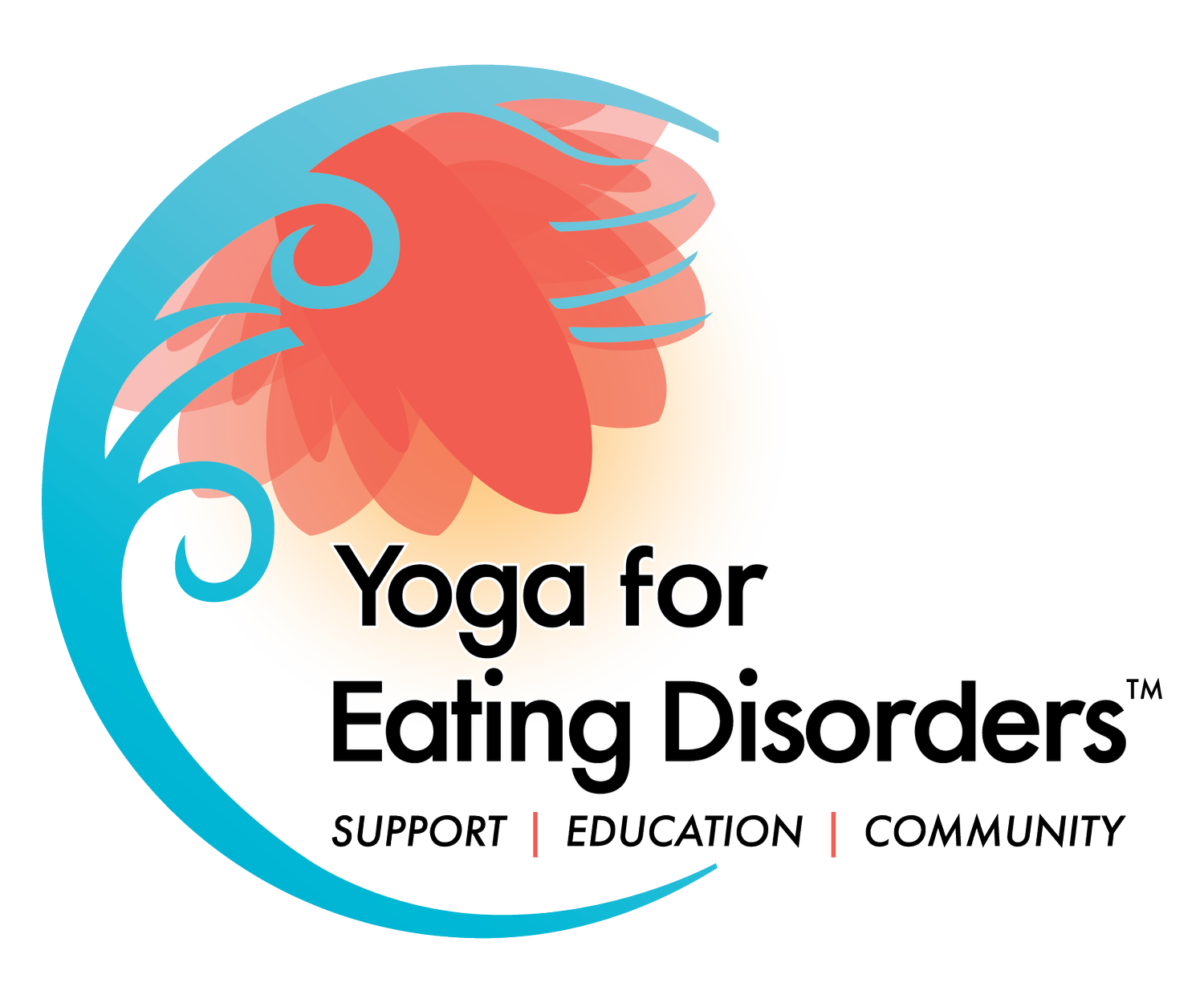Which Cues Move Bodies Best?
Cueing a yoga pose is an art and a science. From learning how to cue effectively to figuring out how many cues per pose to teach, leading a yoga class is no small or easy thing.
From my work mentoring yoga teachers, I have found that the question of when and how to cue, especially for newer teachers, is perplexing. Generally, newer teachers have a mind full of fresh knowledge from teacher training that they are eager to share and try out in their classes. They are intensely focused on getting the cues right. Many say they are concerned about sounding redundant and are unsure of how to mix it up.
For myself, improving my cues is an ongoing process.
I continuously look for ways to refine and sharpen my language to speak directly to my students' nervous systems. My goal is to keep my students in their breath and out of their heads. I want their bodies to respond to my instruction automatically, naturally, and without the need to think about what I am saying. I study how the bodies in front of me respond to my words, how I combine words, and the tone of my voice. I also pay attention to how my body responds to other teachers' cues when I practice. When a word or combination of words moves my body differently or leads me to a new place in a pose, I write it down and then test it out in my own classes.
Considering that a half a dozen or more cues can apply to some poses, how do we figure out which ones to use and when?
My answer is this: figure out which cues move your yoga students' bodies the best.
I recently challenged one of my clients to this very task. We brainstormed a list of possible cues for Warrior 1 and Warrior 2—all of which are perfectly appropriate cues for those two poses. I tasked my client with trying out all of the cues over the course of several classes and to study which ones her students respond to most effortlessly and profoundly. Here's what we came up with for the Warrior poses:
Warrior 1
Philly area yoga teacher, my friend, and all around amazing woman Julia Paddison in Warrior 2. Check out Julia's Teaching schedule and blog. (Photo by Joe Longo)
-step your foot through
-place your foot between your hands
-spin your back foot flat
-bend deeply into your front knee
-stack your front knee over your ankle
-frame your ears with your arms
-square your hips forward
-point your back toes toward the top (left or right) corner of your mat
-reach through all 10 fingers
-relax your shoulders
-ungrip your toes
-press the outer edge of your back foot down
Warrior 2
-gaze over your front middle finger
-reach through all 10 fingers
-soften your shoulders
-shine your chest to the side of the room
-bend deeply into your front knee
-stack your front knee over your ankle
-open your front knee toward the pinky-toe side of your foot
-widen your stance
-move your back foot back 2 -3 inches
-draw your belly in and up to support your spine
-ungrip your toes
-press the outer edge of your back foot down
The reality is, all of these cues are perfectly good, and more could be added to this list. Believe it or not, how I say a cue and how you say a cue can elicit two different responses from students. So, it's important to experiment to find your own voice and rhythm with cueing.
I challenge you to brainstorm cues for a pose or two and then carefully study how your students respond. Experiment with action words, like reach, expand, extend, shine, open, soften, ungrip, stack, press, and root. Place the action word at the beginning of the cue. Play with the intonation and volume of your voice, and study how your words move your yoga students' bodies.


